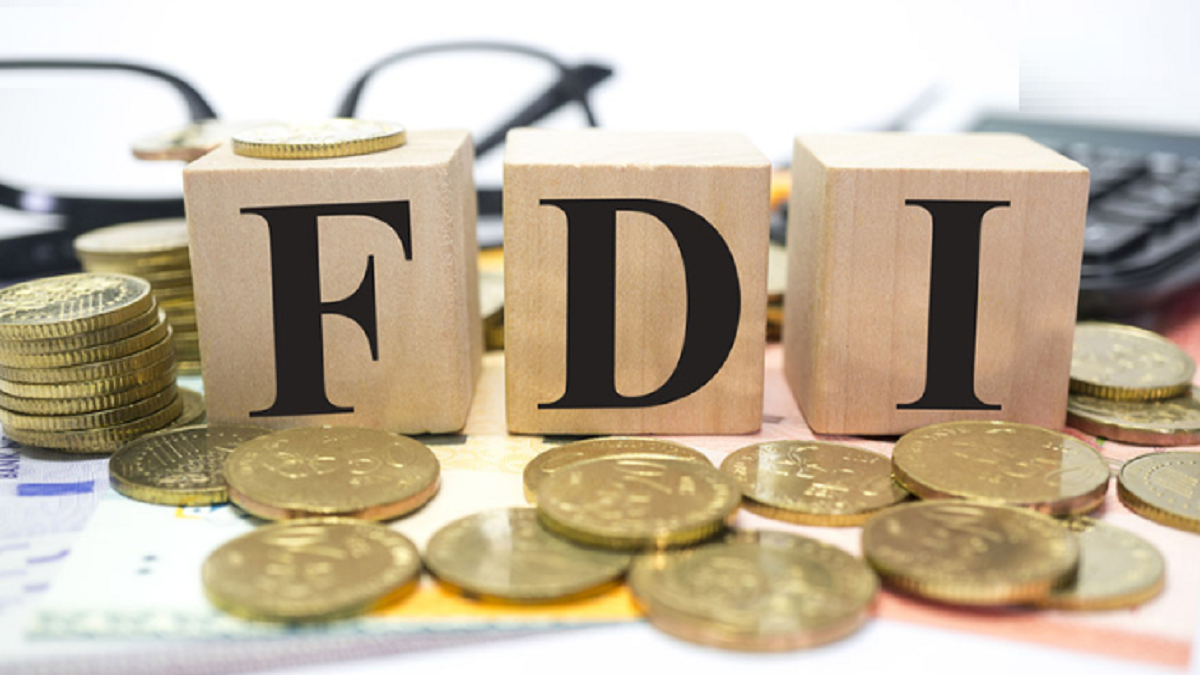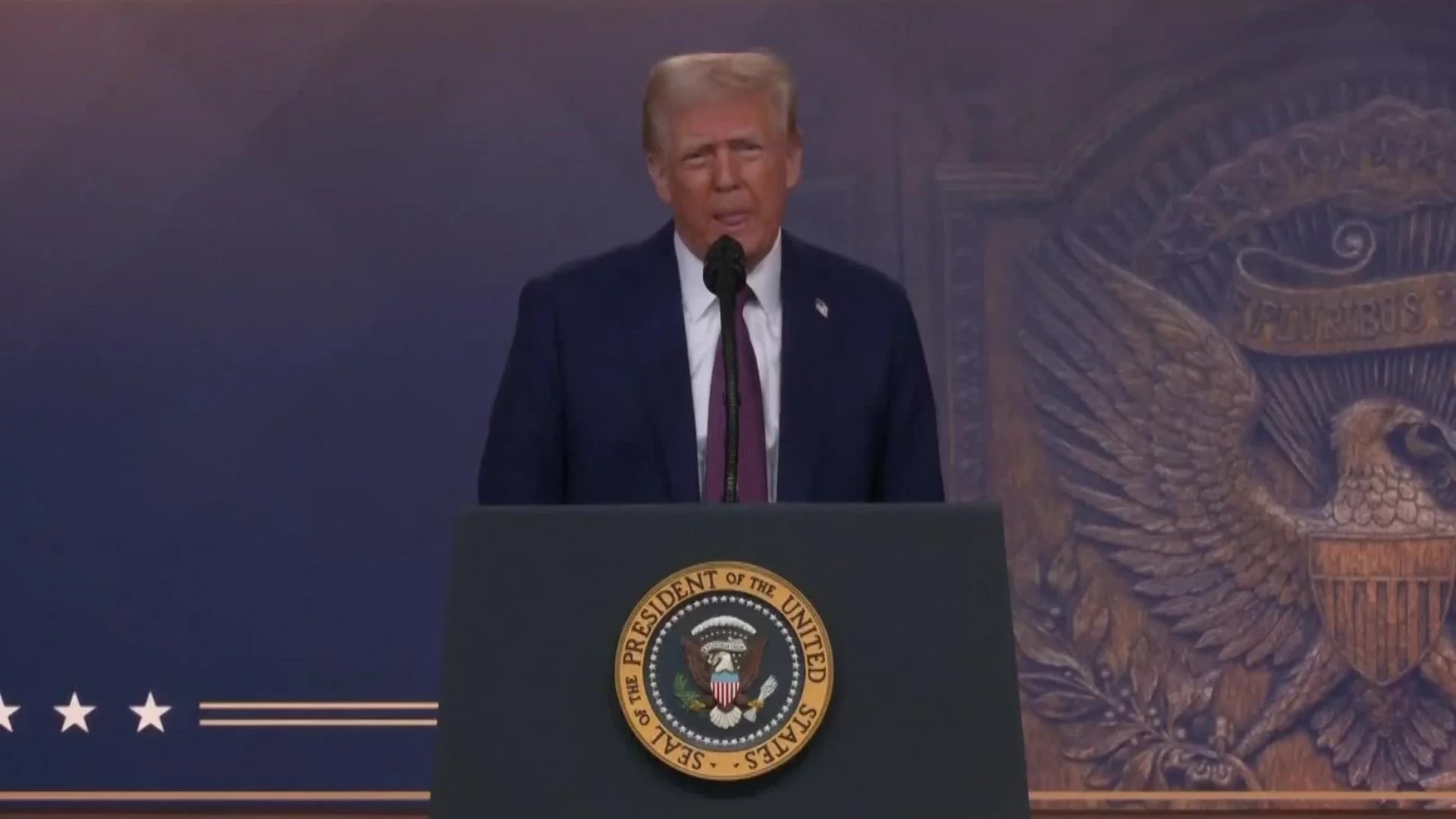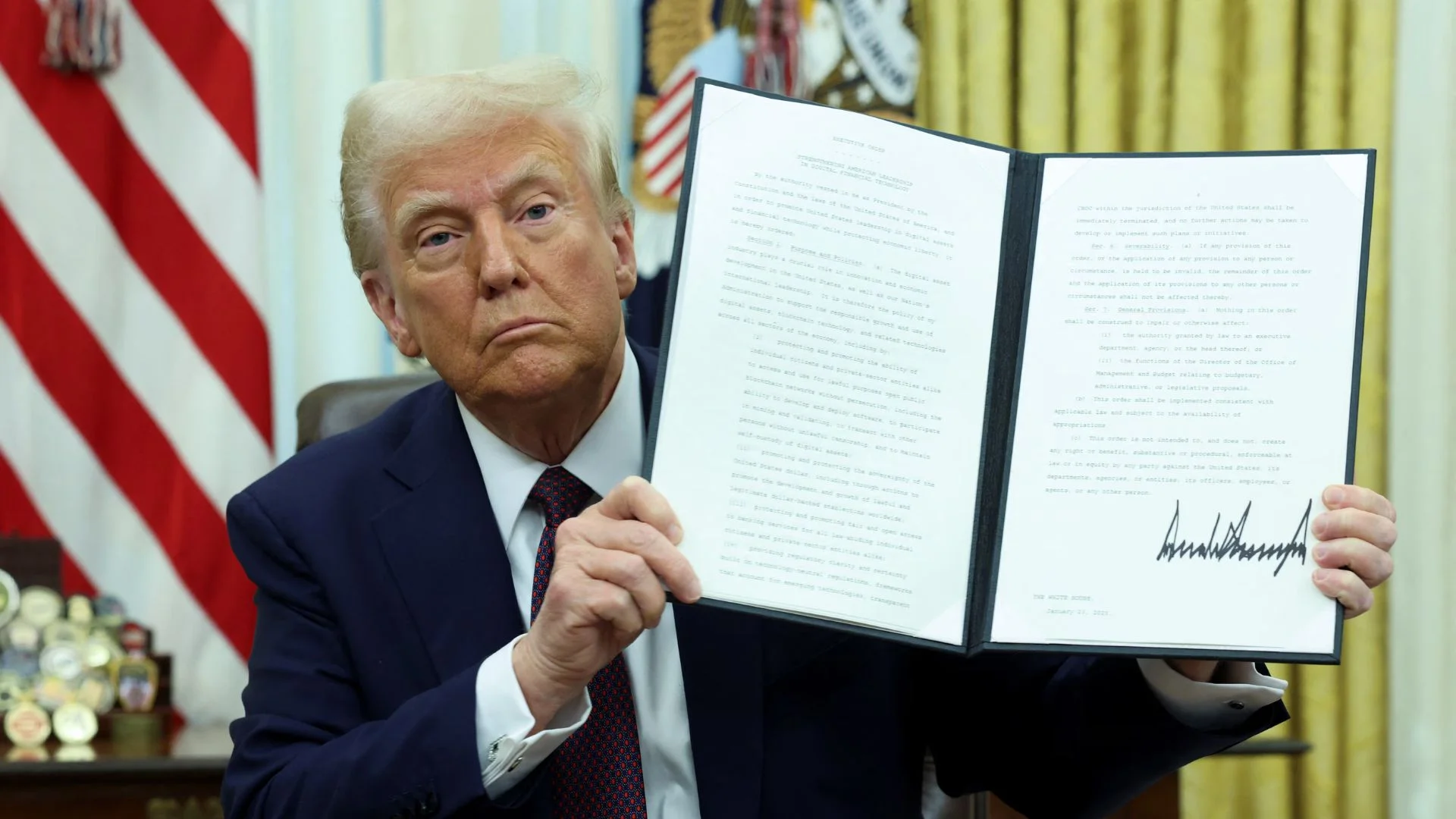Indian insurance sector has played a vital role in promoting its economy. Economies of scale has to be enhanced to promote the role of Foreign Direct Investment (FDI) in insurance sector. The tight norms of government and the need to relax the FDI in the insurance sector has been a constant topic of debate, as it pertains to the interest of many stakeholders and participants of the industry. These stakeholders and participants encourage increase in FDI limit in Insurance sector.
Due to Covid-19, health insurance companies are facing various challenges and are foreseeing a global impact. While the demand for health insurance is expected to increase considerably, underwriting thresholds may also go up and thus the negative movement may not be offset. It may be noted that traditionally, insurance penetration in India has been very low, with private health insurance schemes covering only 18% of the population in urban areas and a little over 14% in rural areas as per report by PwC India. Although “Ayushman Bharat” has tried to cover the gap by insuring the poor and vulnerable, most of India continues to be underinsured when it comes to health. The need for relaxation in FDI by increasing its limit in insurance sector could open the routes for global insurance companies, who were getting strained without having control on their Indian investment, will now bring in more capital, new technologies, new products and ensure better market penetration. This will also ensure that long-term funds stay invested in India. Change in FDI limit for insurance will make Indian policies more innovative and progressive, which is the need of the hour post Covid-19.
Previously there have been a hike in FDI limit in insurance sector in March 31, 2016 when the government of India had increased the FDI limits in the insurance sector up to 49% from 26% based on certain terms and conditions issued through notification dated February 30, 2016. The main condition under this notification was that under no circumstances, ‘any foreign investor shall hold more than 49% of the shareholding in any form’. This means that the insurance company shall be solely in control of an Indian citizen or Indian resident or Indian corporate, as the case may be. In the Union Budget for fiscal year 2020, the finance minister had indicated that the government would examine suggestions for opening up FDI in the insurance sector in consultation with all stakeholders. Subsequently, the FDI limit in insurance intermediaries was increased from 49% to 100%. It was under deliberation that the government could raise overseas investment limit in Indian insurance companies to 74% under the approval route from the existing 49%. Internally the approval for the same is still pending. The increase in FDI limit insurance could pave the way for foreign players, who were getting jittery without having the control in their Indian investment, to now bring in more capital, new technologies, and new products and ensure better market penetration. This will also ensure that long-term funds stay invested in India. In spite of this increase, the foreign investors shall not find it completely satisfying in terms with the process bearings in running the business. The role of foreign investors in key managerial aspect was limited as Indian residents were still the majority stakeholders of the organisation. This resulted in decline in flow of funds by foreign partners. Hon’ble Finance Minister Nirmala Sitharaman, in her budget speech on July 5, 2019 had announced that the FDI limit for the insurance intermediaries would be increased from 49% to 100%. In pursuance of this, on September 2, 2019 under the Indian Insurance Companies (Foreign Investment) Amendment Rules, 2019 (Rules), the Central Government issued a notification to hike the FDI limit for insurance intermediaries to 100%. Recently, the Department of Promotion of Industry and International Trade (“DPIIT”) on February 21, 2020 increased the FDI in insurance intermediaries to 100%. As per the current position, the FDI in insurance companies shall remain at 49% but only in cases of insurance intermediaries which includes insurance brokers, re-insurance brokers, insurance consultants, corporate agents, third party administrator surveyors and such other entities as may be notified by Insurance Regulatory and Development Authority (“IRDAI”). Although they have liberalised the FDI limit but the government have not been very dynamic in the insurance sector. Though they allow foreign investment but does not allow control to go with the foreign investor, similarly, they have allowed 100% FDI in insurance intermediaries, but there are stringent restrictions on payments and dividends repatriation abroad. India has received nearly INR 30,000 crore worth of FDI in the private sector insurance firms since 2015, when the government increased FDI limit from 26 per cent to 49 per cent. However, the coverage penetration within the US is only around 3 % of our gross domestic product (GDP) with recognize to over-all rates underwritten annually, this is at long way less in comparison to Japan which has an insurance penetration of extra than 10%. Hike in FDI limit will not only bring new players in the insurance industry it will also increase country’s insurance cover.
The U.S. is India’s largest export destination, accounting for $52.42 billion in 2018-19, while imports from the country were worth $35.5 billion, making it the second largest source of imports after China. Taking into account the importance of investment the U.S.-India Strategic Policy Forum and the U.S.-India Business Council have prioritized the removal of investment limits as a chief policy issue.
U.S is considered as a most successful insurance sector due to its relaxed FDI policies. U.S. insurance industry net premiums written totalled $1.22 trillion in 2018, with premiums recorded by property/casualty (P/C) insurers accounting for 51 %, and premiums by life/annuity insurers accounting for 49 %, according to S&P Global Market Intelligence. According to the U.S. Bureau of Economic Analysis, insurance carriers and related activities contributed nearly $630 billion, or 2.9 %, to the nation’s gross domestic product (GDP) in 2019. China is expected to contribute almost half of the increase in global life premiums over the next two years, with a rebound to 11 % growth after a sharp 5.4 % contraction in 2018 due to tightening of regulations. These clearly shows how a small change in rule can benefit our economy as a whole. The 2019 Global Health Security Index measures countries’ pandemic preparedness on a score of 1-100 based on their ability to prevent, detect, mitigate and cure diseases. The index ranks India at 57 out of 195 countries, indicating that we may be more vulnerable than China (at 51) and Italy (at 31), which have seen the highest number of Covid-19 related deaths till now. The penetration of health insurance in the country in the pre-Covid era was very low, less than 2 per cent for individual private health insurance. Most of the people are covered by corporates or government takes care of the people, who fall below the poverty line. However, due to the outbreak of Covid-19, the relevance of health insurance has become a lot more evident to all of us.
Indian insurance market has full potential to be at par with US and China. It can be verified from the Mutualidad de la Agrupación de Propietarios de Fincas Rústicas de España (MAPFRE) analysis which ranked the life and non-life sectors in 96 insurance markets and the study revealed that the top five markets with the most insurance potential in the life sector are China, US, India, Indonesia, and Russia. Meanwhile, the top five markets in the nonlife sector are China, India, US, Indonesia, and Japan.
India ranks 10th in terms of life insurance and 15th in non-life insurance in terms of premium. India is at par with few top global countries in terms of both life and nonlife insurance. In the global insurance market, India has a share of 1.92 per cent. In the life insurance segment, the share is slightly higher at 2.61 per cent and the country ranks 10th among 88 global market. Yet, in spite of having so much of potential it lacks being amongst the top three in the worlds in terms of insurance. It is further shocking to see that with approximately138 crore population and despite the presence of 24 life insurance companies and 34 non-life companies, the needle of insurance penetration has hardly moved. In the past 16 years, it has risen by only 1 % point — from 2.7 % in 2001 to 3.7 % in 2017. Small family owned businesses are mostly without any insurance cover, same goes for life and non- life insurance covers in ground level. In the times like Covid-19, where the cost of treatment is so high and taking under consideration the steep uncertainty in the raise of cases the role of insurance becomes more pivotal. In these circumstances, the need of the hour is to support the insurance industry through long-term capital infusion by increasing the FDI limit. FDI works as a fast track method of attracting quick investment in insurance sector, without much change in strategies.
India being one of the most attractive location for foreign companies in terms of investment in insurance sector, lifting of FDI restriction will be globally welcomed. In January 1, 2020 China’s banking and Insurance Regulatory Commission (CBIRC) increased the foreign ownership limit in the life insurance industry from 51% to 100%, Indonesia have an FDI limit of 80%. Similarly, countries like Japan, South Korea, Vietnam, Hong Kong and Taiwan which are amongst the leading countries in terms of insurance sector also allows 100% FDI in insurance.
The market is still monopolised by public sector undertakings like LIC and SBI insurance and therefore there is a need for greater diversity and to privatise the sector the need for increase in FDI limit is required as we already have Indian owned life insurance sector controlling 70% of the total insurance cover in India, which shows that we have reached the limit for Indian insurance sector for now. Increase in FDI limit will bring opportunity for more jobs and thus meeting their objectives of venturing into the insured markets through improved facilities in terms of infrastructure, better operation and greater manpower. With intrusion of new companies and formation of a competitive marketplace, it will lead to improved services and better claim settlement ratio. The final beneficiary of this change will be borne by common man in terms of jobs, risk cover and more options with better incentives. Pension Fund Regulatory Development Bill links the FDI limit in the pension sector to the insurance sector, due to which the foreign direct investment in the pension funds will also be increased.
Increasing FDI level in other sectors like NBFCs have allowed the market to mature better and has created various options for consumers, improved the pricing of the products offered, also allowed specialised insurers to enter the market, and thus create a more competitive market. To tackle Covid-19 kind of pandemic in future it is high time to liberalise FDI in insurance sector, otherwise the capital infusion, which would have paved in India might find its way to other competitive markets. It also allows micro focus for various players like some people may only focus on insurance in agriculture sector, which presently, couldn’t enter India because of the existing restrictions on FDI.
Anuroop Omkar, Partner AK & Partners, Alumni Gujarat National Law University
Ashish Lakhtakia, Chief Legal, Compliance Officer and Company Secretary, Future Generali India Insurance Company Limited. Ankana Mukherjee, Associate, AK & Partners, Alumni, RMLNLU























